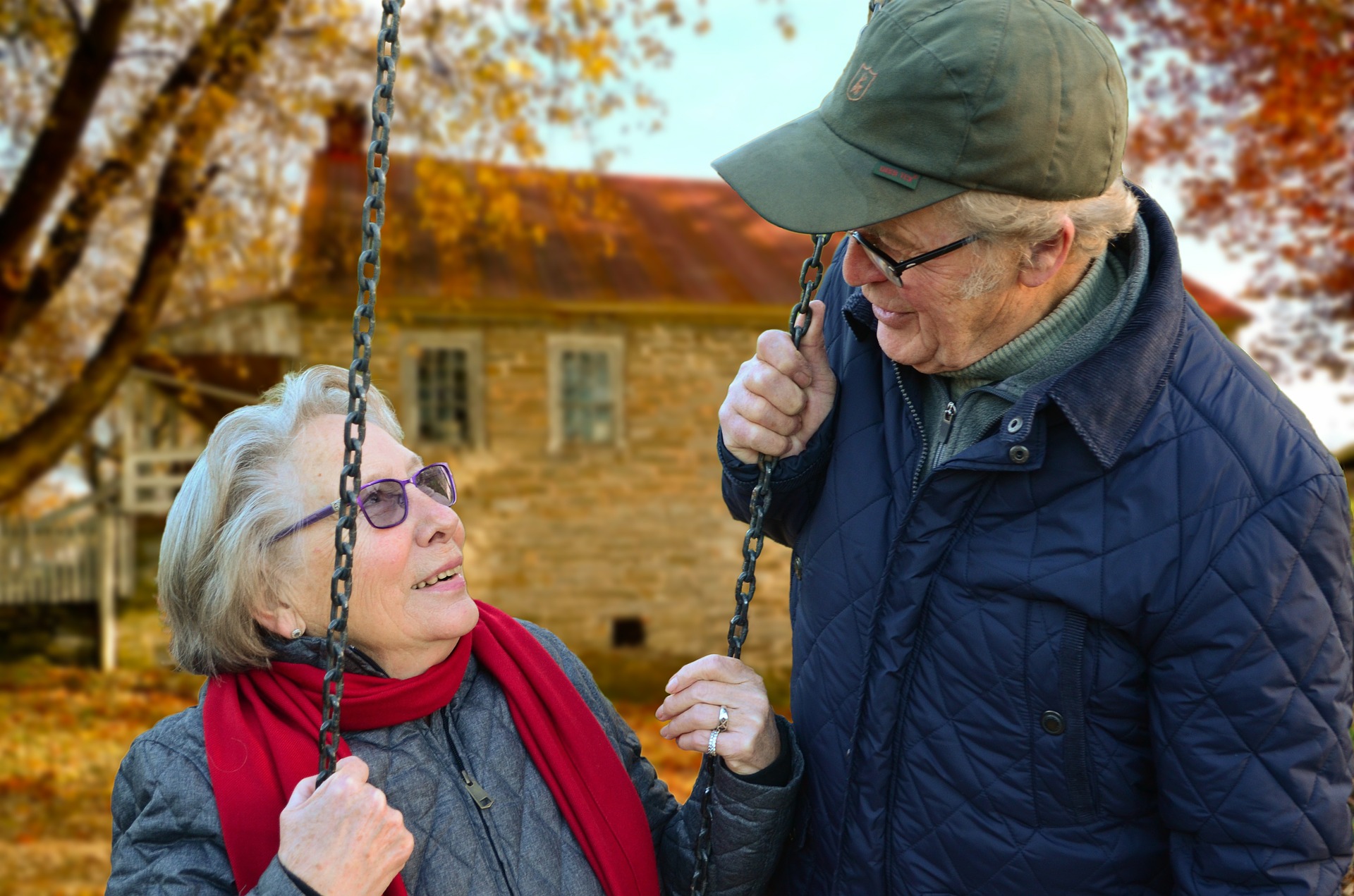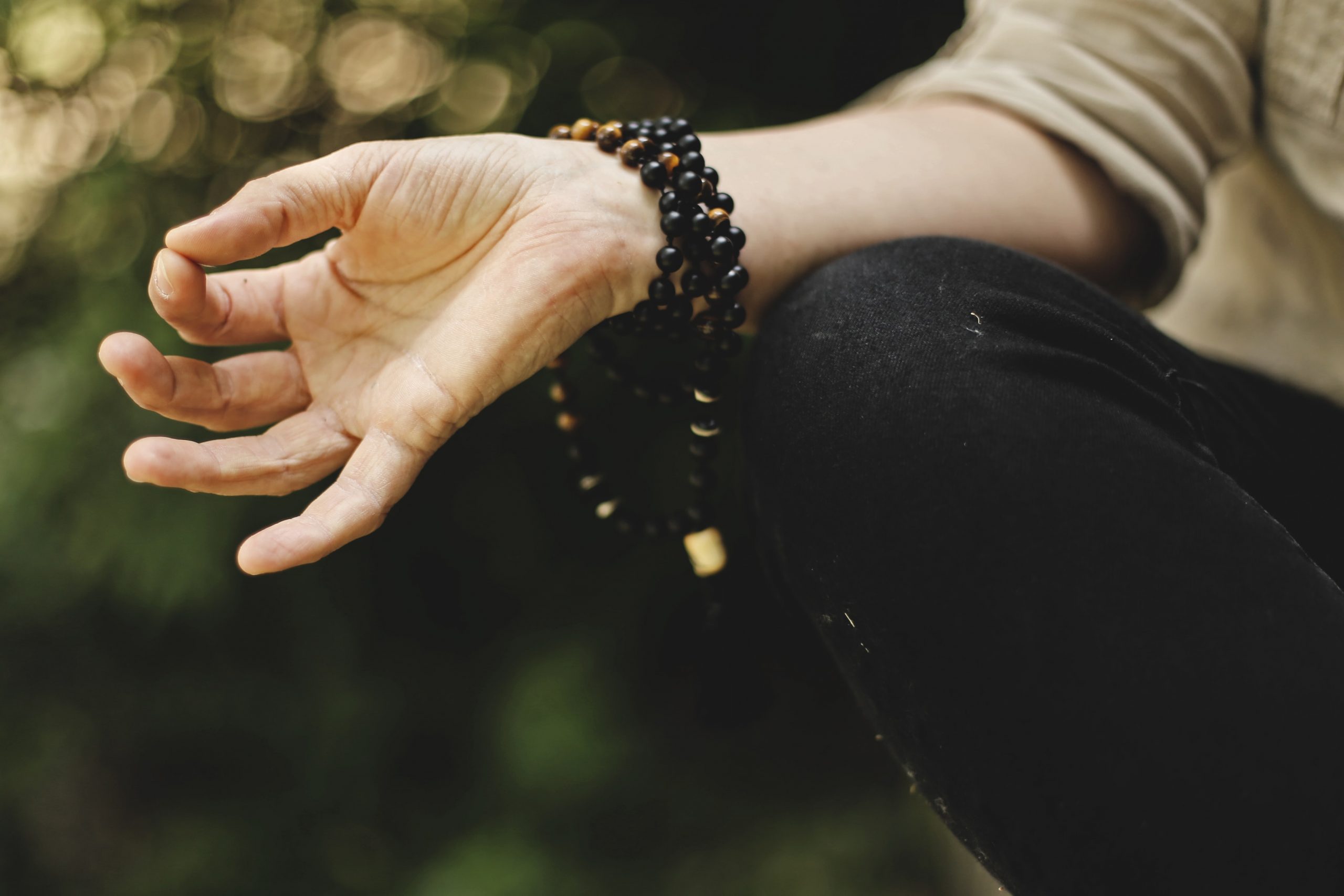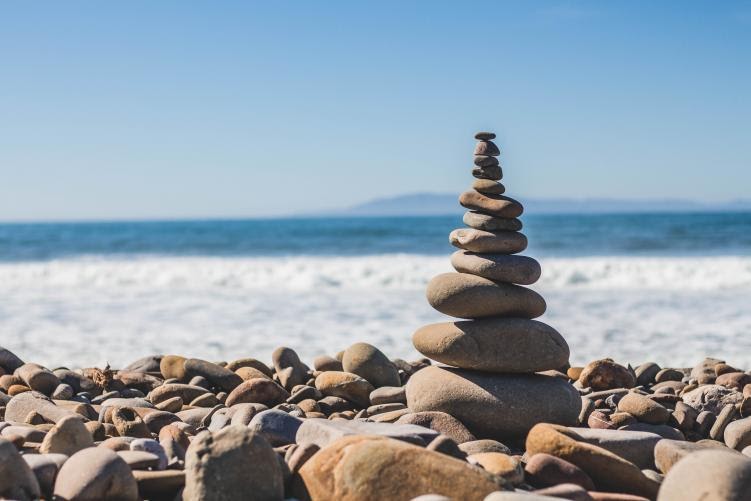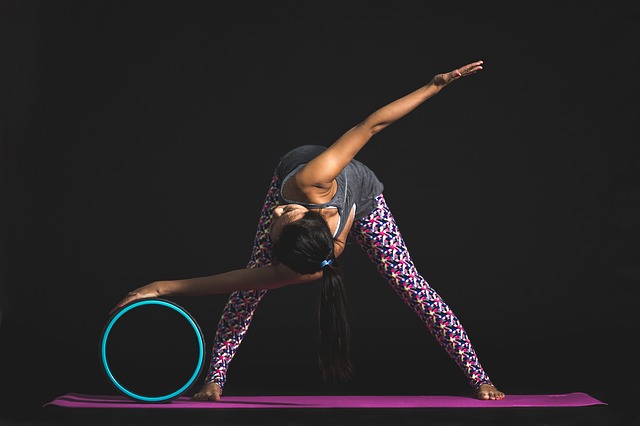
Guest article provided by: skincarefmen.com
Author: well_site_admin

Guest article provided by: skincarefmen.com

Guest article provided by: retirementnow.com.au

Guest article provided by: Marisa Gray Atha
Continue reading “Living a Question: The Art of Navigating Uncertainty”

Guest article provided by: authorfrancesrarmstrong.com

Guest article provided by: Marisa Gray Atha

Guest Article Written by Ben Wong

Guest article from alisonbremner.com
In today’s world it can seem like there is too much to get done with not enough time to do it.Do you ever feel overwhelmed? Do you ever feel like the world is crashing down on you? When you are in this state, your brain is in what doctors call a chronic “fight or flight” or sympathetic state. In this state your body can’t heal or be in a place of balance. When you have these feelings of being overwhelmed, it can seem impossible to overcome, however there are some simple steps you can implement to ease this feeling.
#1 Exercise
This can seem like such a simple tip. Many times when we are stressed we feel like there is no time to exercise. When I say exercise, this can be as simple as a 30 minute walk. The reason why exercise is so important is because humans are designed to move. Our bodies aren’t meant to sit and be indoors. When we get movement everyday, our blood gets moving and more oxygen circulates in our bodies. This helps with healing and detoxification. Exercise also releases endorphins which will naturally decrease your stress and improve your mood.
#2 Meditation
Meditation is so simple, but can be very hard for people, especially for those with an overactive mind. Have you ever tried to sit down and meditate but all you can think of is your problems and chores? I know! This used to happen to me all the time. Luckily I found this amazing app called “Insight Timer.” These are short guided meditations that focus on breathing and relaxation. The other great feature of this app is that you are able to choose what kind of meditations you want to do (i.e. sleep, happiness, anxiety) and the length of the session. Just five minutes a day can drastically and positively affect your mood and help you become more focused.
#3 Connection With Positive Family Members or Friends
We tend to isolate ourselves when we are feeling overwhelmed, likely because we want to act like we have everything together and nothing is wrong. However, this is a BIG mistake! All of the research regarding what makes people truly happy has discovered that social connections are the most important factor. There is a wonderful documentary called “Happy” that uncovers this fact. When you are feeling down and significantly stressed, it is important to connect with friends and family that support you. The one thing to remember is that you need to connect with positive, supportive people. You don’t want to get together with someone and talk about how terrible things are. If you just complain back and forth, this tip can actually have the opposite effect on your health. Think of someone that instantly brings a smile to your face when you see them. If you can’t think of anyone, then now is a great time to find some new friends or a support group.
These are three tips you can implement yourself, however if you’re really struggling and feel like you need some outside help, there is absolutely nothing wrong with that. A professional might be just what you need to get your life back on track.
Remember that YOU ARE ENOUGH and you have the power to change your life and start living the life you truly desire!
If you enjoyed this article please visit www.alisonbremner.com for more health tips and support on your journey back to balance and health.
Yours in Health,
Dr. Alison Bremner
Photo via Unsplash

We all know that establishing and maintaining a health and fitness routine should be one of our top priorities in life. In fact, the US Center for Disease Control says that regular physical exercise can reduce the risk of cancer, diabetes, arthritis and improve mental health. By making health and fitness a priority we stand a better chance of being successful on the job, with our families and on the road to recovery. But that doesn’t mean it’s easy.
There are many ways that you can support your addiction recovery with health and fitness goals, without adding stress to your schedule or busting your budget. It’s so important that physical activity be a part of your recovery process; recent studies have found that the more you exercise the less likely you are to be tempted by illicit drugs. This is because these activities allow you to focus your mind and can relieve stress and anxiety, both of which are triggers for relapse in many individuals who are in recovery.
Some people prefer going to the gym, hiring a person trainer or signing up for group fitness classes. For others, however, working out at home is a more reliable and economical option. Here are a few ways you can boost your addiction recovery with two mind-body workouts: yoga and pilates.
Yoga and Mindfulness
As you already know, overcoming addiction is a two-fold path: you have to fight both the physical cravings for a substance, as well as the mental and emotional reliance on the habit. Meditation and yoga can provide relief by offering tools to reduce stress and improve balance and strength. You can add yoga to your home routine by:
Yoga can help you “ride the wave” of addiction cravings. When you’re stressed out, doing breathwork–called pranayama–can help keep you calm. Bonus: many yoga poses help build long, lean muscle, adding to your body’s healing as you work off the physical consequences of substance abuse.
Pilates and Stretching
Pilates is another exciting exercise that benefits the mind and body. You can take expensive pilates classes at a studio, visit the more basic ones at a local big-box gym or watch videos at home. However, if you’re trying to squeeze pilates into a busy schedule, here are a few tips to try to keep your body (and budget) in shape.
Pilates works the core, which is much more than just your abdominal muscles. A strong core helps build muscle in the legs and improves physical balance. By encouraging long, slow movements, pilates can also help steady and calm an anxious mind.
Yoga and pilates are two ways to bring a fitness routine into your addiction recovery work, but there are other exercises that can also maximize your time and budget, like jogging or swimming. The important thing is that you find something that interests and motivates you, while also promoting a positive outlook on your new life.

Your kid is begging to go on a field trip, but the credit card bill is due and you can’t afford both. Your child is sick and school is sending him home for the day, but your boss has already warned you that you’re on your last chance. Sometimes, the sources of single parent stress feel endless. It’s a normal feeling, and unfortunately, there’s no easy solution to the many challenges that single parents face.
Yes, you can change your situation. You can cut costs, search for a better-paying job, go back to school, or apply for financial help. But those solutions take weeks, months, or even years to have an impact, and you need stress relief now. This is what you can do.
Instant Stress-Relievers
When stress is mounting and you feel yourself growing short with your children, it’s time to step away and take a breather. If you can go for a walk or take 30 minutes to yourself in your room, do it. But if you’re in the middle of something you can’t leave for more than a few minutes, these instant stress-relief strategies can help:
Reducing Stress for the Long-Term
In addition to arming yourself with strategies for taking the edge off in the moment, it’s important to find ways to minimize the stress your lifestyle causes.
Despite taking steps to reduce your stress in the short- and long-term, you may still hit days where you want to pack up, wave goodbye, and take off for a week-long vacation. It’s fine to feel overwhelmed by single parenthood sometimes—it’s a hard job, after all. However, if you can’t seem to get a hold on your stress, it’s time to ask for help.
Image: Unsplash